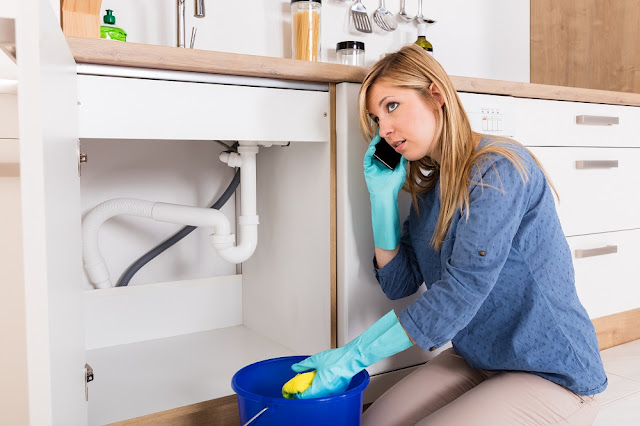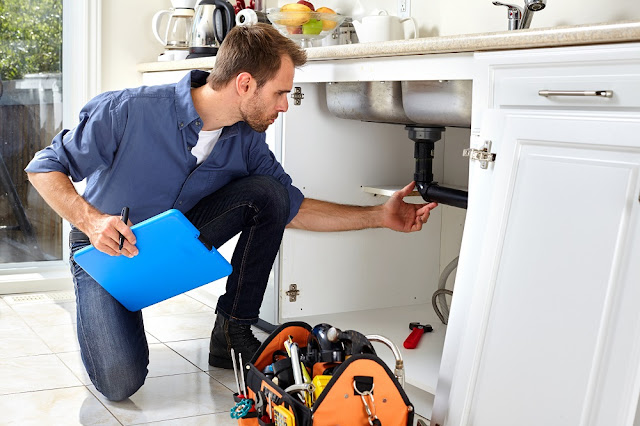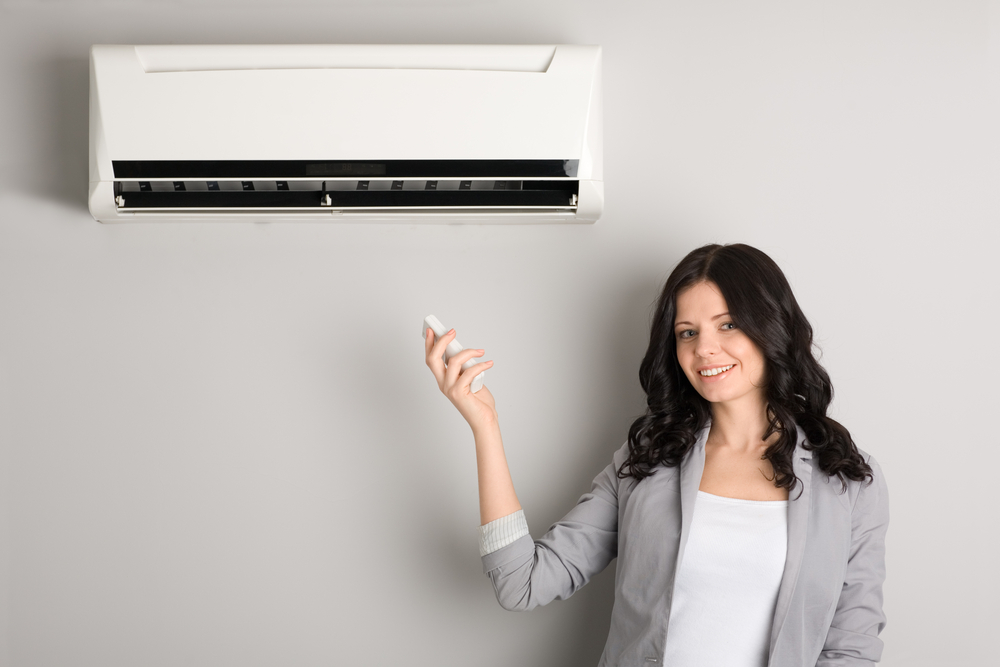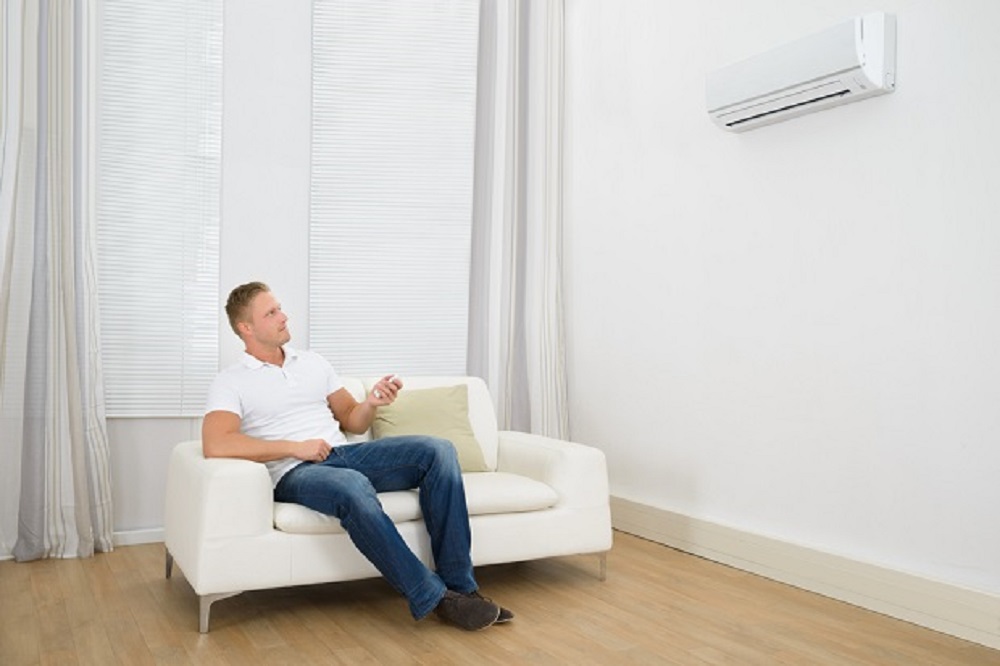The Ultimate Checklist for Custom Home Building Success

Have you ever dreamt of owning a home that ticks every single box on your wish list? Do you wonder how some properties manage to feel so “heaps good,” while others fall short of expectations? Are you curious about how to navigate house construction in Australia without running into endless hassles or delays?
In this guide, we’ll explore exactly how to make your dream home a reality—especially if you’re looking at areas like Oran Park. We’ll discuss why choosing custom home builders in Oran Park can make a meaningful difference. Plus, we’ll walk you through planning, budgeting, and each stage of the house construction process. Whether you’re brand-new to constructing a house or you’ve built before, you’ll find tips on budgeting, design, permits, and so much more.
By the time you’ve finished reading, you’ll know how to control unforeseen costs, follow local regulations, and build a strong connection with the right team. You’ll also uncover common pitfalls and learn how to avoid them. Most importantly, you’ll come away with a reliable framework for constructing houses that stand the test of time, delight your family, and offer complete peace of mind.
Why a “Heaps Good” Approach to House Construction Matters
When you hear the phrase “heaps good,” you might think of something that’s not only fantastic but also distinctly Aussie. Building a house often involves multiple decisions, from design features to materials, and a heaps good mindset means prioritising both quality and personality. Rather than settling for a cookie-cutter design, a “heaps good” approach to construction for house projects in Oran Park involves tailoring each aspect to your unique lifestyle.
But what exactly makes this attitude vital? First, it keeps you focused on your end goal: constructing a house that feels like a permanent getaway. Second, it ensures every part of the process is completed with care, from choosing top-grade materials to selecting the right building professionals. Last but not least, a heaps good mindset emphasises doing it properly the first time so you can skip unnecessary mistakes.
This approach brings confidence, especially in spots like Oran Park, where local developments meet growing community appeal. By caring about the design, build quality, and location, you’ll see how constructing a house can become a rewarding journey rather than an overwhelming puzzle.
Should You Invest in Custom Home Builders Oran Park?
Not all residential areas are created equal, and Oran Park is a standout option. Thanks to its mix of modern amenities, family-friendly parks, and strong infrastructure, it offers a solid foundation for anyone preparing to build. Choosing custom home builders in Oran Park can streamline everything from the initial design to the final touches, making your dream becomes a reality faster than you might think.
Local Expertise and the Benefits of Building in Oran Park
Local knowledge is crucial when it comes to council approvals and local regulations. A seasoned builder in Oran Park understands the terrain, weather patterns, and best practices for house construction in the area. Plus, local builders often have close ties with suppliers, giving you better rates on materials and, in some cases, faster turnaround times for deliveries.
People Also Ask: “What makes Oran Park an ideal location for constructing a house?”
Many people choose Oran Park for its balance of tranquillity and convenience. It has easy access to schools, shops, and recreational facilities, all while retaining a close-knit sense of community. This balance not only adds value to your newly built home but also makes day-to-day life more enjoyable.
Planning & Budgeting: The Foundation for Success
Before diving into the construction phases of a house, let’s talk about planning and budgeting. Setting a realistic budget keeps you from feeling overwhelmed when unexpected costs show up. It also helps you plan out key features, like landscaping, that can add wow factor without breaking the bank.
Essential Costs and Financing Options
Essential costs include land purchase, design fees, council permits, and the builder’s quote. Beyond these, factor in site preparation: trees may need clearing, or the land might require levelling. If you’re new to this, talk to banks or mortgage brokers about finance options, such as construction loans. These specialised loans release funds in stages, making it simpler to pay your builder incrementally rather than all at once.
Managing Unexpected Expenses
Unforeseen issues like delayed material deliveries or the need for extra retaining walls can quickly balloon your budget. To tackle these curveballs, set aside a contingency fund of at least 10% of your total budget. That way, you’ll be ready for any hiccups without pausing construction for house tasks.
People Also Ask: “How much does it cost to build a custom home in Australia?”
Costs vary depending on location, design complexity, and materials, but an approximate range might start as low as $1,500 per square metre and climb beyond $3,000 per square metre for high-end finishing. Make sure that you get quotes from at least three builders, compare them thoroughly, and keep room for potential variations.
Designing Your Dream Home: From Concepts to Council Approval
Designing your dream home involves more than just picking the position of bedrooms and bathrooms. It’s about balancing functionality, style, and council regulations. With the right professionals, you can bring your vision to life without compromising on practicality or local guidelines.
Collaborating with Architects and Draftspersons
Architects can transform your evolving ideas into a workable design. They often brainstorm alongside you, ensuring your personality is captured in the layout. Draftspersons, meanwhile, handle the nitty-gritty, drawing up thorough plans for council submission. Collaborating closely with these experts ensures you get plans that comply with regulations and look amazing.
Navigating Council Regulations and Permits
Every council has specific rules around building height, setbacks, and design aesthetics. Submitting your plans is only the first step; your local council might request modifications. Aim for open communication from the start so you know exactly what’s required. Once approved, you can transition swiftly into constructing house foundations and moving on to the next phase.
People Also Ask: “Do I need an architect for constructing houses in Australia?”
While an architect isn’t legally required for every type of residential build, they can bring valuable insight and design flair. An experienced architect will help you make the most of your block of land, ensure a functional flow between rooms, and refine your home’s aesthetics for maximum impact.
Construction Phases of a House: Step-By-Step Overview
Understanding the main steps of constructing houses can calm your nerves and set expectations. From the day the first excavator arrives until the final paint job, house construction follows a typical sequence.
Site Preparation and Foundations
Before a single brick is laid, the site needs clearing and levelling. Soil might also require testing to determine the right foundation type. Once ready, your builder will pour the footing and slab or lay stumps, creating the base on which everything else will stand.
Framing, Roofing, and Exterior Work
After the foundation sets, framing gives your home its shape. Timber or steel frames outline your walls, and roof trusses define the roofline. This is usually when the structure starts to look more like a real house. Exterior doors, windows, and roofing follow, sealing the shell of your property against the elements.
Interior Fit-Out and Utilities
Once the exterior is up, tradespeople can install plumbing, electrical wiring, and insulation. Internal walls are sheeted, and the house starts to come to life as you select paint colours, flooring, and fixtures.
Final Finishes and Inspections
The finishing phase includes tiling, cabinetry, and the last layer of paint. A final inspection ensures each aspect meets building code requirements. After that, you’re one step away from the big handover day.
People Also Ask: “How long do the main stages of house construction usually take?”
Timelines vary depending on the scope of the project, weather conditions, and material availability. Generally, building a custom home can take anywhere from 6 to 12 months, though larger or more complex builds might extend beyond a year.
Selecting the Right Team: Custom Home Builders Oran Park and Beyond
The success of your home’s construction hinges on choosing a reliable builder and a capable supporting cast. From the foreman to the interior designer, each professional plays a critical role.
Comparing Quotes and Credentials
When shortlisting home builders, start by gathering multiple quotes. Look for transparent pricing that outlines what’s included—and just as importantly, what’s not. Then, check references and look into the builder’s track record in Oran Park. It’s a big investment, so verifying their background is absolutely key.
Building a Strong Client-Builder Relationship
A positive working relationship smooths out communication and minimises costly surprises. Frequent, concise updates, whether in person or via email, keep you in the loop. Nurturing open dialogue also encourages mutual respect: you trust them to build your dream, and they trust you to provide clear feedback.
People Also Ask: “What should I look for in a custom home builder?”
A solid reputation, transparent contracts, and relevant local experience are good starting points. You’ll also want a builder who values your input, offers workable solutions, and never rushes your decisions. Trust your gut feeling—if you feel comfortable and confident with them, that’s often a promising sign.
Conclusion
When it’s all said and done, constructing a house in Oran Park or any part of Australia can be a massive yet rewarding undertaking. You’ve learned that “heaps good” doesn’t just refer to a trendy catchphrase—it’s an approach that encourages you to pour your heart into every aspect of house construction. After all, your home should reflect not just your style but also the life you want to live.
From mapping out a sound budget to navigating planning approval, and from tackling the construction phases of a house to selecting a trustworthy builder, your journey is filled with milestones. Embrace these steps with confidence, and don’t be afraid to ask questions along the way. A collaborative effort with professionals, coupled with your own research, ensures that each stage unfolds as smoothly as possible.
Ultimately, building custom homes in Oran Park is about creating long-lasting comfort, joy, and value. With the insights shared here—plus your personal passion—your home-building experience can transform from a daunting project into a fulfilling adventure. May your dream house stand tall for years to come, greeting you every day with a sense of pride and a feeling that it truly is “heaps good.”





.jpg)










.jpg)





.jpg)
